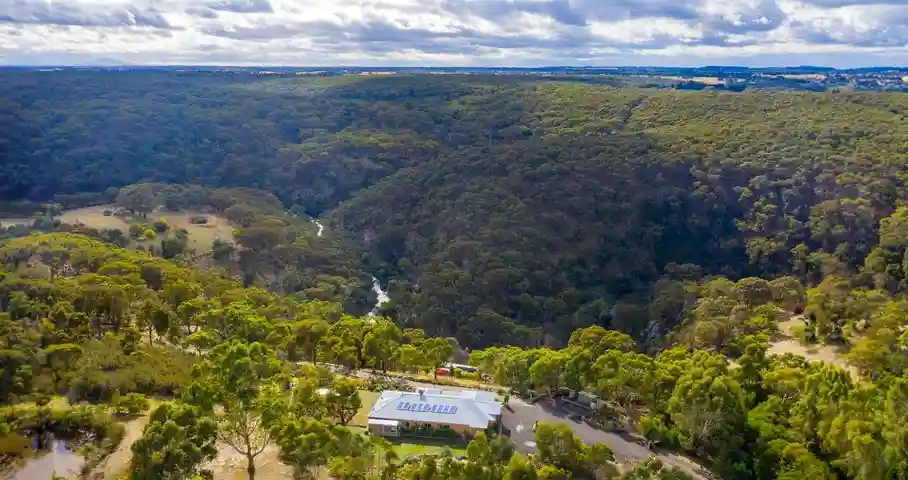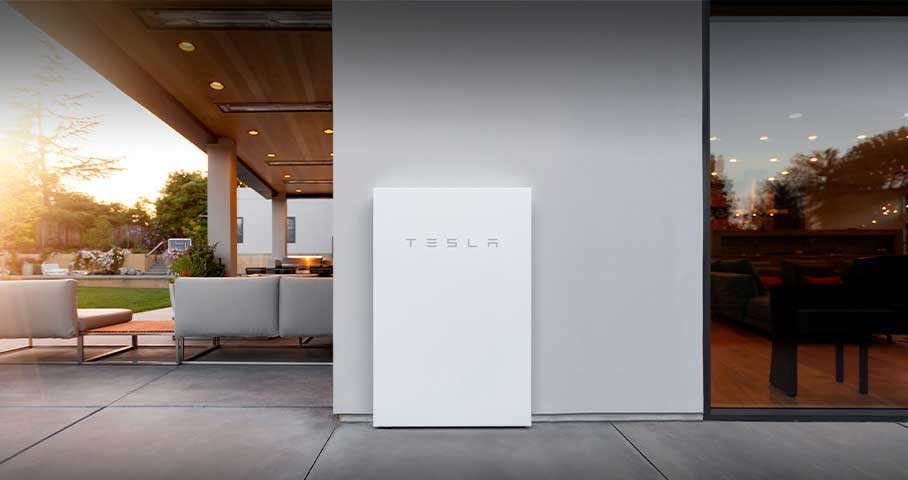Solar, Wind and Bio Power: A Bright Future for Australian Farmers

Recently the Clean Energy Council (CEC) shared their favourite solar power success stories from farmers around Australia.
At E-Smart Solar, we know what a difference solar can make. That’s why we wanted to share 5 great stories from CEC with our customers and neighbours in the Blue Mountains and surrounds.
Pace Farm
Our first solar story comes from Pace Farm group (“home of the enjoyable egg”), who have invested $3.2 million into three solar projects across NSW this year.
Their annual output will hit up to 2.7 million kilowatt-hours – an amount that could power hundreds of homes.
“At Wattle Ridge we recycle water, generate solar electricity and plant trees all in an effort to give back to the environment. Wattle Ridge was awarded the NSW Excellence Award for Environmental Design by the Institute of Surveyors.”
Sundrop Farms
Sundrop Farms in Adelaide is another example of an agricultural business seeing the benefit of solar power to assist their operations.
They are all about sustainability, and so utilise solar thermal technology to power their 20-hectare greenhouse facility.
Burgi Orchard and Cool Stores
Burgi’s Melbourne-based fruit orchard has made the switch to solar with a 25 kW system with 100 panels.
They are able to generate just under 40% of the power needed for the orchard and storage rooms.
Kia-Ora Piggery
Kia-Ora doesn’t use solar specifically, but they are making a great effort towards sustainability. This Victorian piggery overcame increasing power bills by using their pig’s waste products to generate electricity! Their innovative system recycles manure and turn it into biogas which can be used as power or sold back to the grid. According to the CEC, emissions have reduced from 16,598 tonnes to 3,121.
Crookwell Wind Farm
Charlie Prell’s farm will soon house both sheep and wind turbines. The 91 MW Crookwell Wind Farm project was signed off last year for development on Prell’s farm in 2018. Ridgelines or rocky outcrops will house the wind turbines so they don’t affect the land needed for sheep.
Once built, the turbines will produce enough energy to power 41,600 homes.








